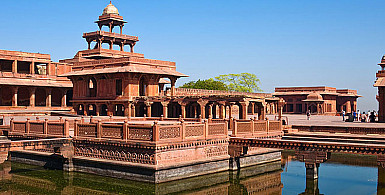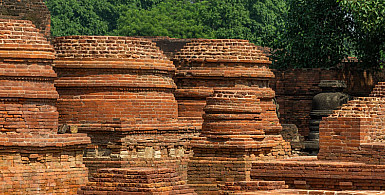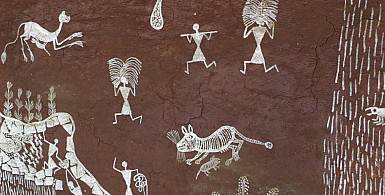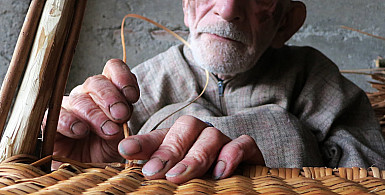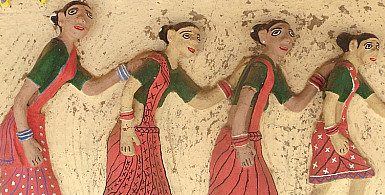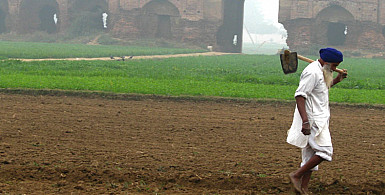Made & Mkt by: Richa Chhabra Malhotra
Product Code: 4211-PHL25-R57-03
Bhagalpur, is one of the oldest towns of Bihar, references to which can be found in Indian epics like Mahabharata and Ramayana, as the kingdom of ‘Anga’. Popular for its textiles since 16th century , the town remains as an important textile hub for India till date. Situated towards the southern end ..
Rs.5,440
Made & Mkt by: Richa Chhabra Malhotra
Product Code: 4211-PHL25-R56-02
Bhagalpur, is one of the oldest towns of Bihar, references to which can be found in Indian epics like Mahabharata and Ramayana, as the kingdom of ‘Anga’. Popular for its textiles since 16th century , the town remains as an important textile hub for India till date. Situated towards the southern end ..
Rs.5,570
Made & Mkt by: Richa Chhabra Malhotra
Product Code: 4211-PHL25-R55-01
Bhagalpur, is one of the oldest towns of Bihar, references to which can be found in Indian epics like Mahabharata and Ramayana, as the kingdom of ‘Anga’. Popular for its textiles since 16th century , the town remains as an important textile hub for India till date. Situated towards the southern end ..
Rs.4,750
Made & Mkt by: Richa Chhabra Malhotra
Product Code: 4211-PHL24-R58-04
Bhagalpur, is one of the oldest towns of Bihar, references to which can be found in Indian epics like Mahabharata and Ramayana, as the kingdom of ‘Anga’. Popular for its textiles since 16th century , the town remains as an important textile hub for India till date. Situated towards the southern end ..
Rs.5,470
Made & Mkt by: Richa Chhabra Malhotra
Product Code: 4211-PHL24-06
Bhagalpur, is one of the oldest towns of Bihar, references to which can be found in Indian epics like Mahabharata and Ramayana, as the kingdom of ‘Anga’. Popular for its textiles since 16th century , the town remains as an important textile hub for India till date. Situated towards the southern end ..
Rs.5,060
Made & Mkt by: Richa Chhabra Malhotra
Product Code: 4211-PHL24-R56-02
Bhagalpur, is one of the oldest towns of Bihar, references to which can be found in Indian epics like Mahabharata and Ramayana, as the kingdom of ‘Anga’. Popular for its textiles since 16th century , the town remains as an important textile hub for India till date. Situated towards the southern end ..
Rs.5,060
Made & Mkt by: Richa Chhabra Malhotra
Product Code: 4211-PHL24-R57-03
Bhagalpur, is one of the oldest towns of Bihar, references to which can be found in Indian epics like Mahabharata and Ramayana, as the kingdom of ‘Anga’. Popular for its textiles since 16th century , the town remains as an important textile hub for India till date. Situated towards the southern end ..
Rs.6,010
Made & Mkt by: Richa Chhabra Malhotra
Product Code: 4211-PHL24-R59-05
Bhagalpur, is one of the oldest towns of Bihar, references to which can be found in Indian epics like Mahabharata and Ramayana, as the kingdom of ‘Anga’. Popular for its textiles since 16th century , the town remains as an important textile hub for India till date. Situated towards the southern end ..
Rs.6,830
Made & Mkt by: Richa Chhabra Malhotra
Product Code: 4211-PHL24-R55-01
Bhagalpur, is one of the oldest towns of Bihar, references to which can be found in Indian epics like Mahabharata and Ramayana, as the kingdom of ‘Anga’. Popular for its textiles since 16th century , the town remains as an important textile hub for India till date. Situated towards the southern end ..
Rs.6,010
Made & Mkt by: Gaatha
Product Code: 4588-KB24-15
Kantha stitch is nothing but the humble running stitch and it essentially comes from the word Kantha/quilt.
Kantha, Patched, quilted and vividly embroidered textile was made mainly in Bangladesh (earlier known as east Bengal), West Bengal and Bihar out of old saris and dhoti.&..
Rs.4,900
Made & Mkt by: Gaatha
Product Code: 4588-KB24-13
Kantha stitch is nothing but the humble running stitch and it essentially comes from the word Kantha/quilt.
Kantha, Patched, quilted and vividly embroidered textile was made mainly in Bangladesh (earlier known as east Bengal), West Bengal and Bihar out of old saris and dhoti.&..
Rs.4,900
Made & Mkt by: Gaatha
Product Code: 4588-KB24-14
Kantha stitch is nothing but the humble running stitch and it essentially comes from the word Kantha/quilt.
Kantha, Patched, quilted and vividly embroidered textile was made mainly in Bangladesh (earlier known as east Bengal), West Bengal and Bihar out of old saris and dhoti.&..
Rs.4,900










-250x250.jpg)
-250x250.jpg)
-250x250.jpg)
-250x250.jpg)
-250x250.jpg)
-250x250.jpg)
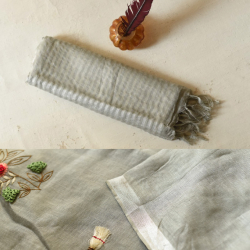
-250x250w.jpg)
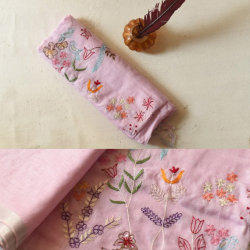
-250x250w.jpg)
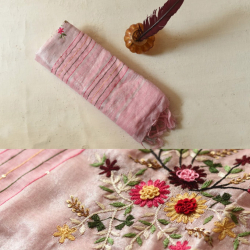
-250x250w.jpg)
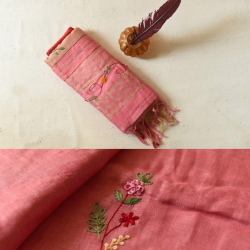
-250x250w.jpg)
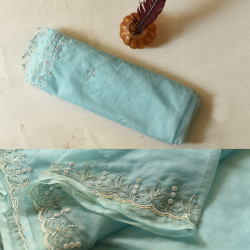
-250x250w.jpg)
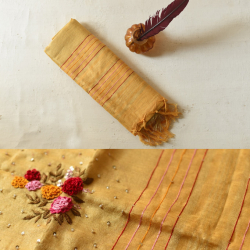
-250x250w.jpg)
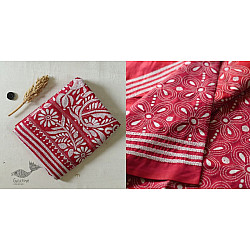
-250x250w.jpg)
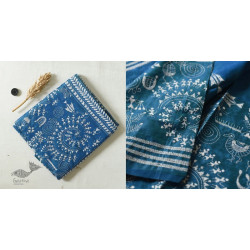
-250x250w.jpg)
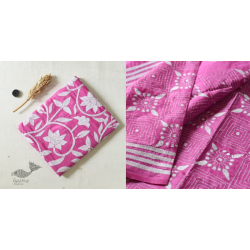
-250x250w.jpg)
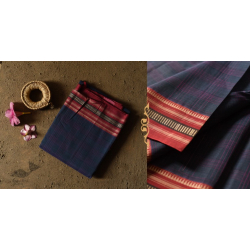
-250x250w.jpg)
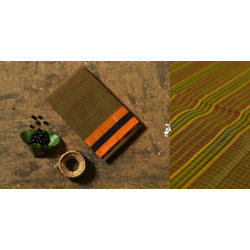
-250x250w.jpg)
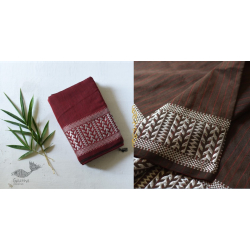
-250x250w.jpg)
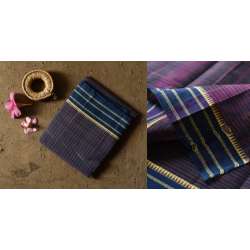
-250x250w.jpg)
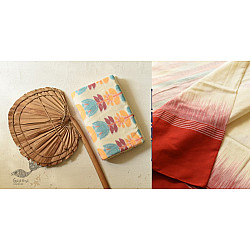
-250x250w.jpg)
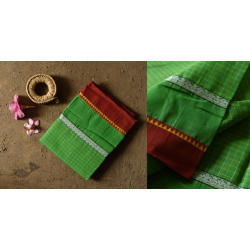
-250x250w.jpg)
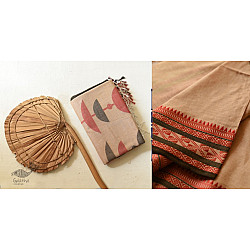
-250x250w.jpg)
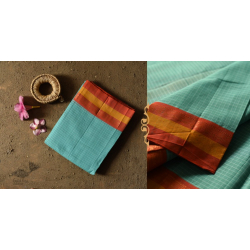
-250x250w.jpg)
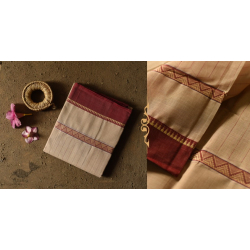
-250x250w.jpg)
-250x250.jpg)
-250x250.jpg)
